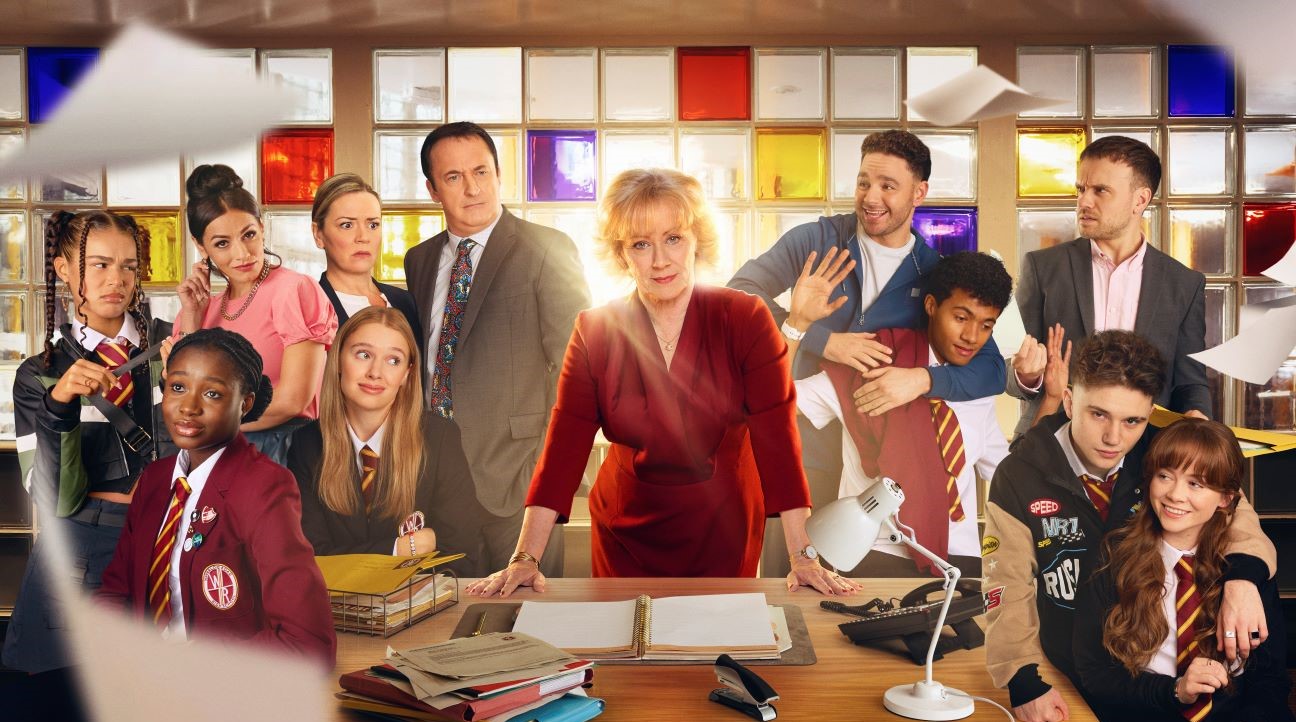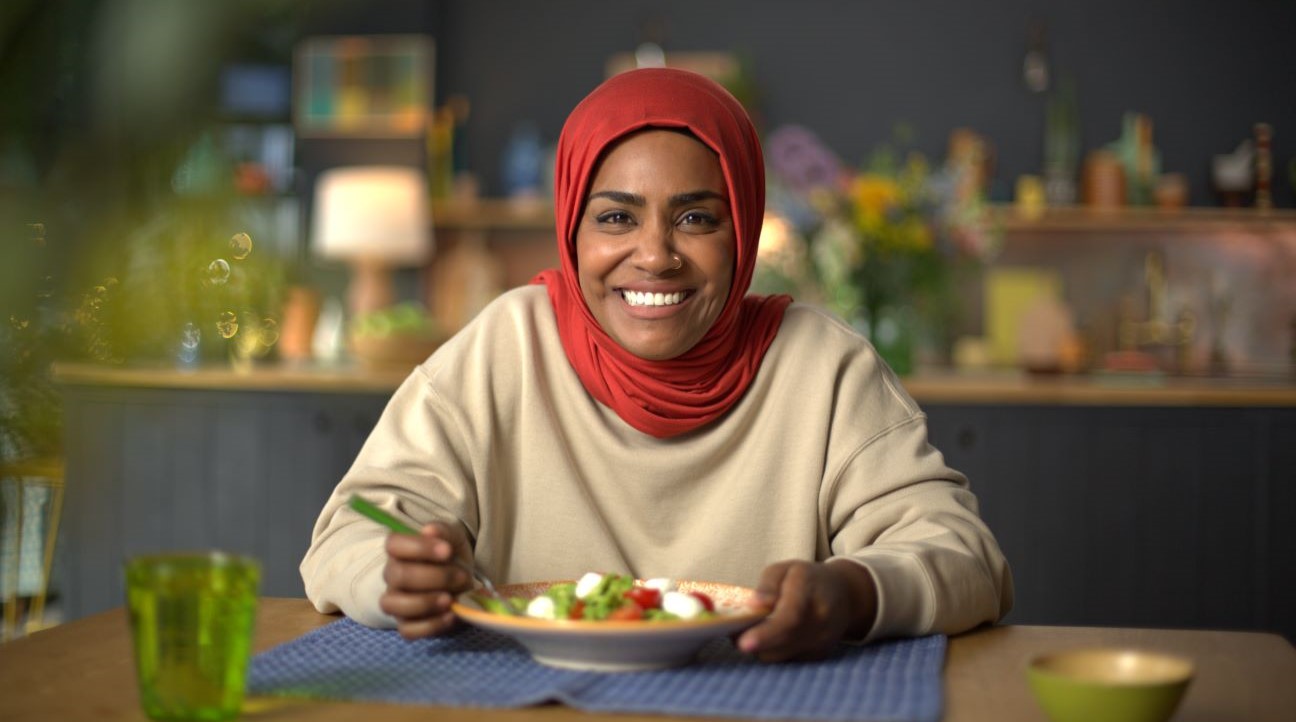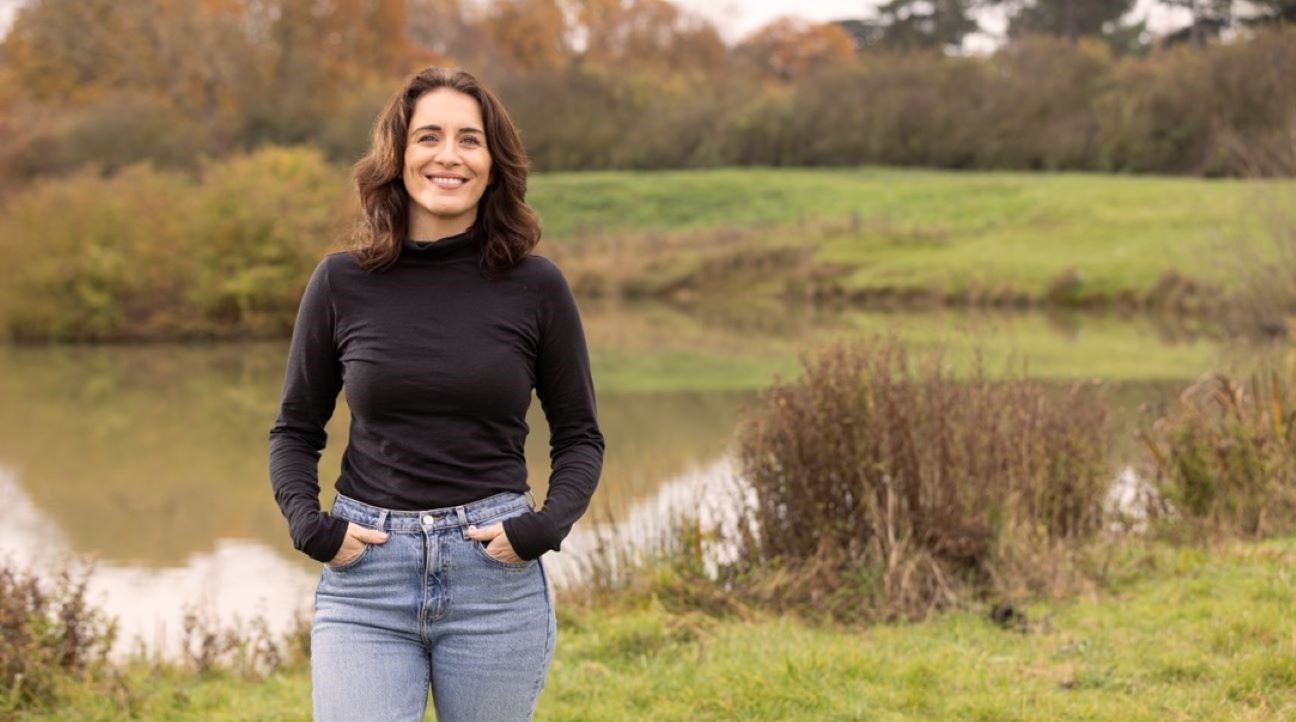Programme 1: Fixing the Shadows
This tells the story of the inventions of photography and the way in which it became an integral part of the modern world. It describes the remarkable achievements of the pioneer photographers, the revolution that took place when George Eastman made photography available to the masses with the invention of the Kodak brand and the story of Jacques-Henri Lartigue, the child photographer and ultimate amateur.
Programme 2: Documents for Artists
Following the First World War, photography was the central medium of the age. ‘Anyone who fails to understand photography’, said the photographer Lazlo Moholy-Nagy ‘will be one of the illiterates of the future’. Episode Two examines in detail the work of some of the greatest and most influential modern photographers: Alexander Rodchenko, August Sander, Man Ray, Walker Evans and Bill Brandt. With contributions from Martin Parr, Bernd and Hilla Becher and Mark Haworth-Booth.
Programme 3: Right Place, Right Time?
‘Being in the right place at the right time’, ‘the decisive moment’, ‘getting in close’ — in the popular imagination this is photography at its best, a medium that makes us eyewitnesses to the moments when history is made. Set against the backdrop of the Second World War and its aftermath, this examines how photographers dealt with dramatic and tragic events like D-Day, the Holocaust and Hiroshima. With contributions from Magnum legends, Philip Jones Griffiths and Susan Meiselas, soldier-lensman Tony Vaccaro and Jon Snow.
Programme 4: Paper Movies
The three decades from the late 1950s onwards was the real golden age of photographic journeys. Programme 4 relives the journeys that produced some of the ‘greatest paper movies’ ever: including Robert Frank’s odyssey through 1950s America and William Klein’s one-man assault on the sidewalks of New York. It also examines the arrival of colour as a credible medium for ‘serious’ photographers, as controversial at the time as Dylan going electric. Contributors include legendary photographers like William Klein, William Eggleston, Robert Adams, Joel Sternfeld, Joel Meyerowitz and artist Ed Ruscha.
Programme 5: We are Family
Having conquered the street and the road, photographers approached the final frontier: the home, the self, private life. Programme 5 is about the pictures that photographers take of other people and the pictures they take of themselves. It’s about what happens when photography translates personal relationships into photographic ones. The chronological heartland of the programme is the 1970s (the ‘me’ decade) and the 1980s (the ‘me, me, me’ decade) and includes examination of Diane Arbus’s ‘freaks’, Richard Avedon’s confrontations with celebrities like Marilyn Monroe and the confessional diaries of Nan Goldin and Araki.
Programme 6: Snap Judgements
The final programme asks what a photograph is worth these days. We also look at the impact of the digital post-production techniques that make anything possible and the rediscovery of techniques which are taking photography back to the 19th century. With contributions from Jeff Wall, Andreas Gursky, Gregory Crewdson and China’s leading photographer, Wang Qingsong.






